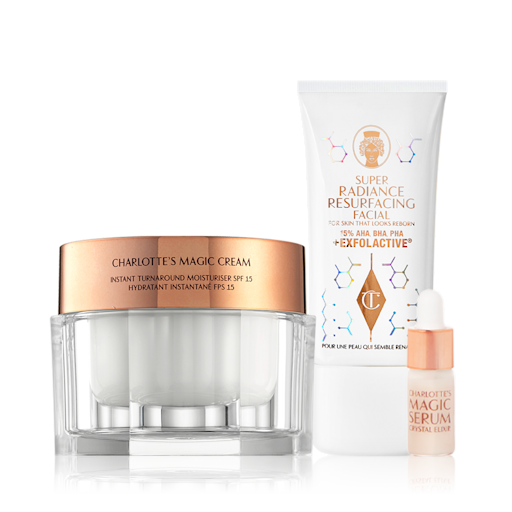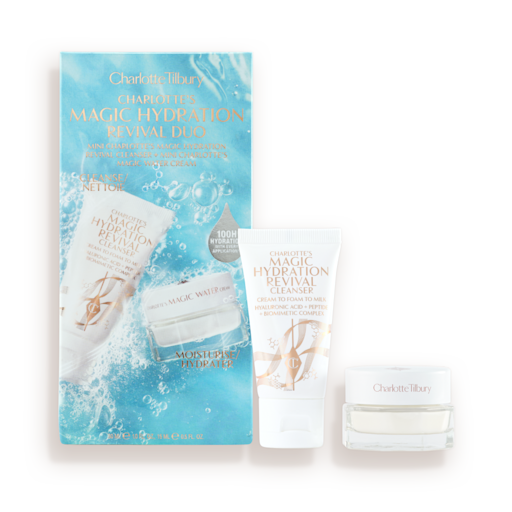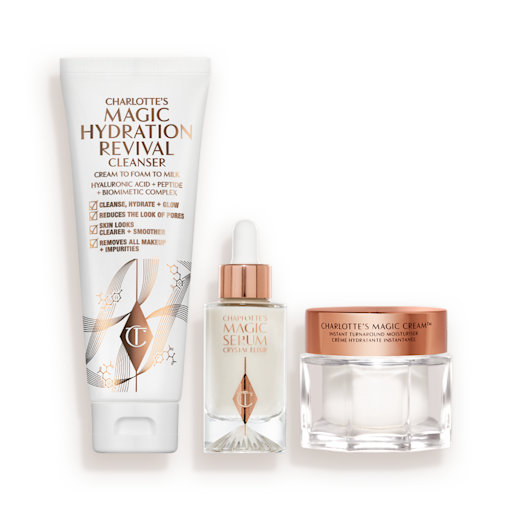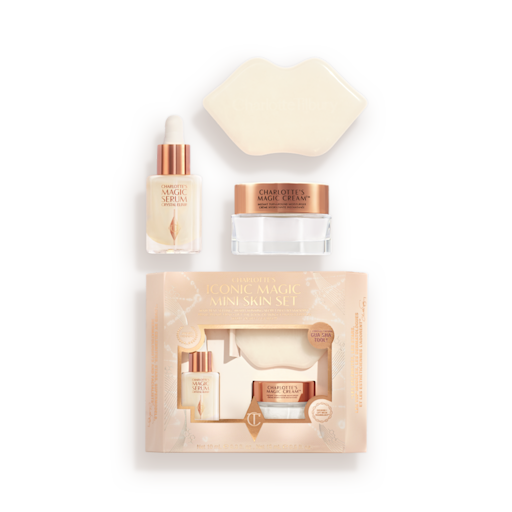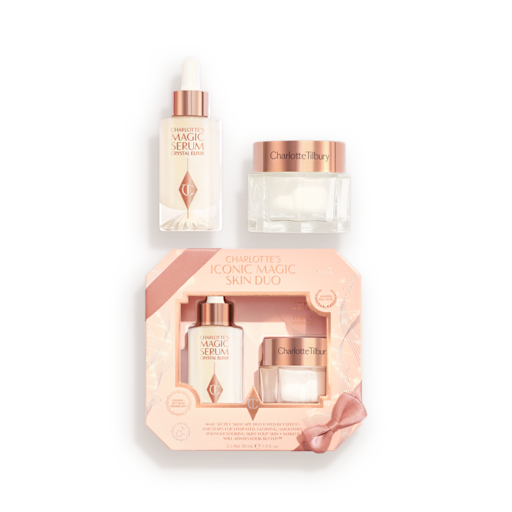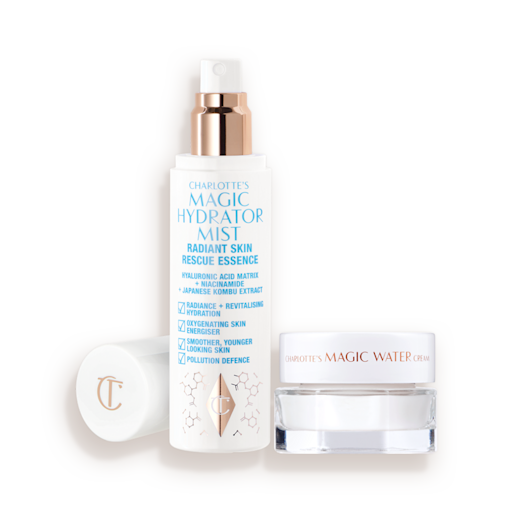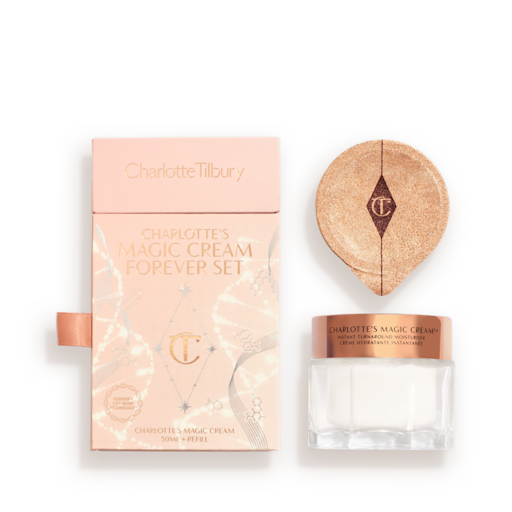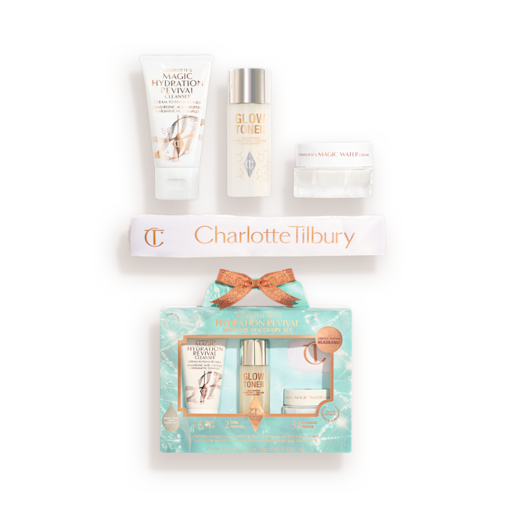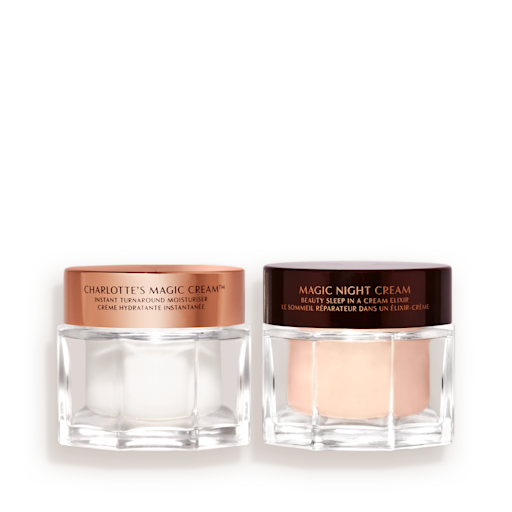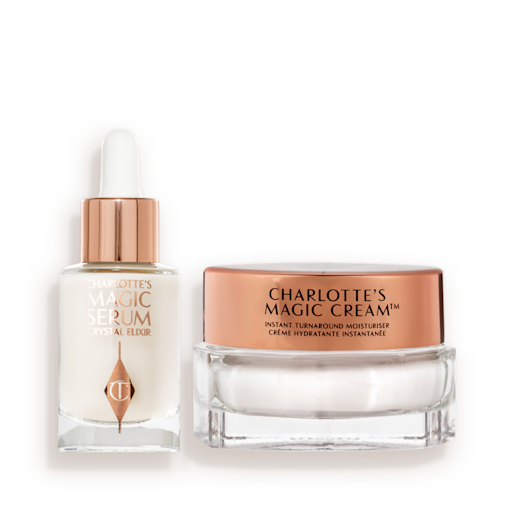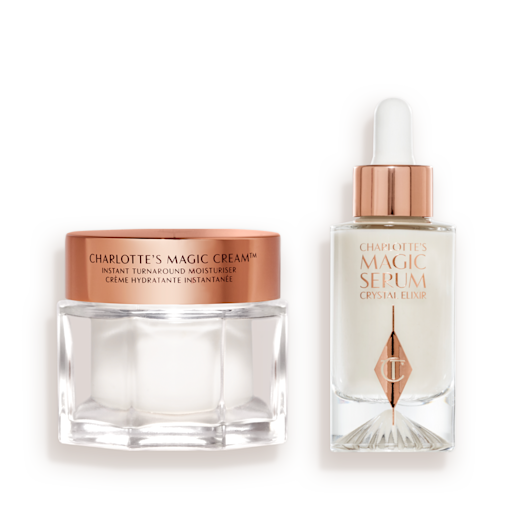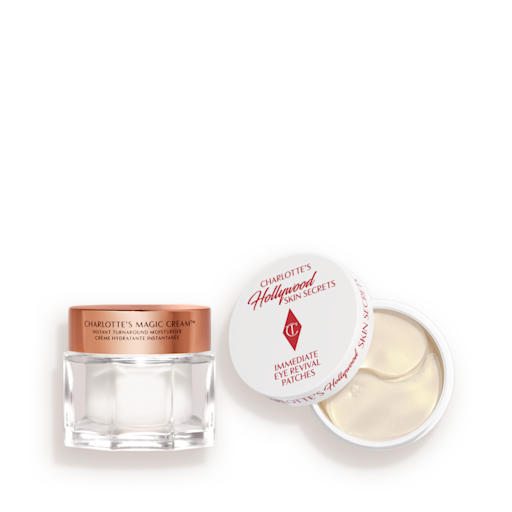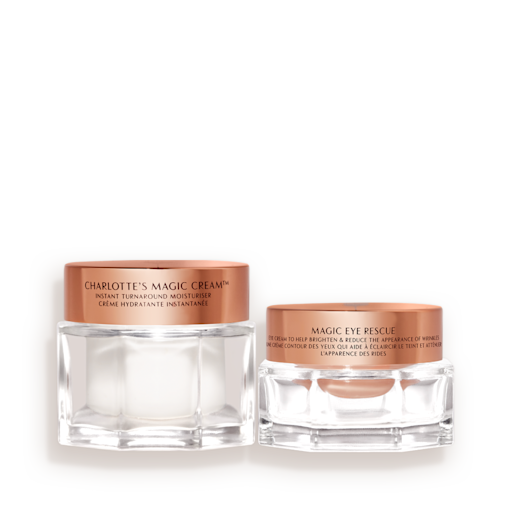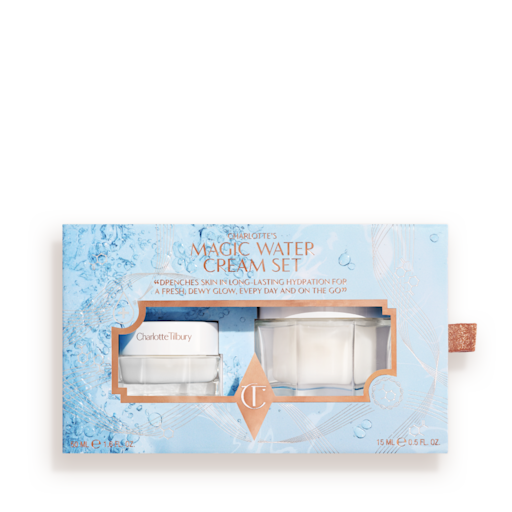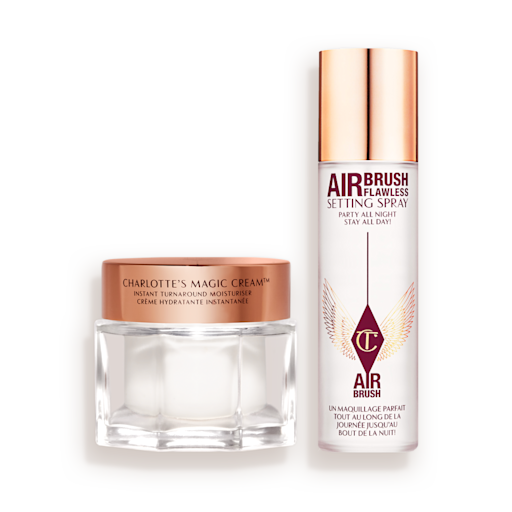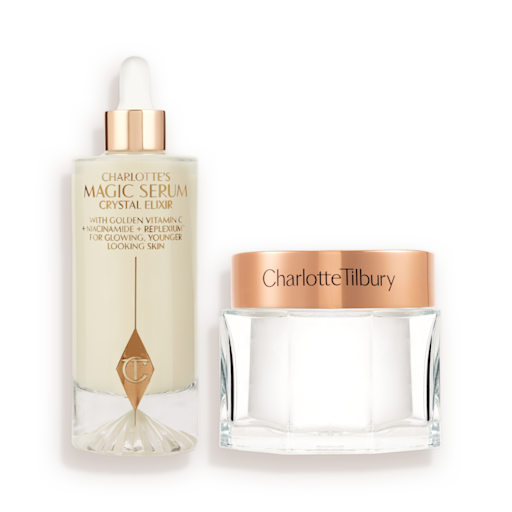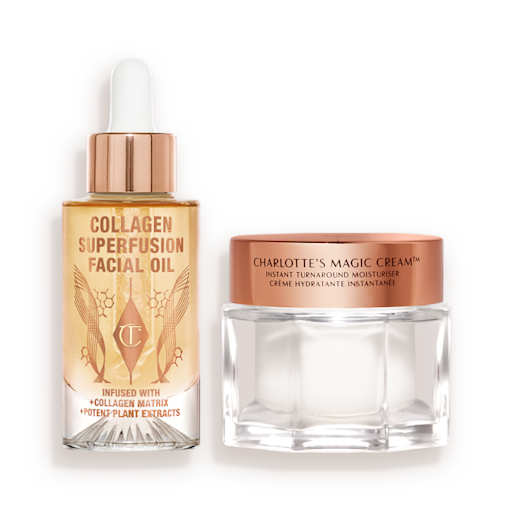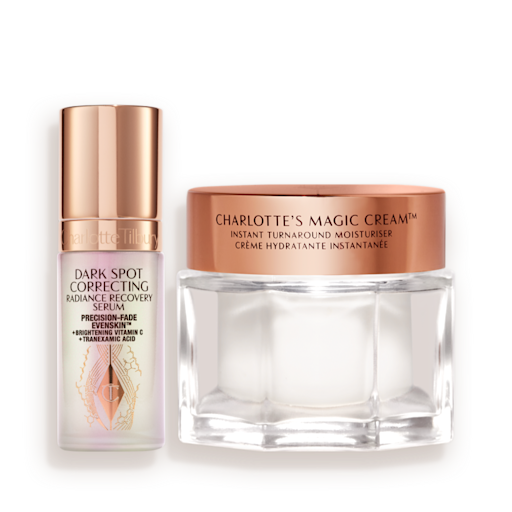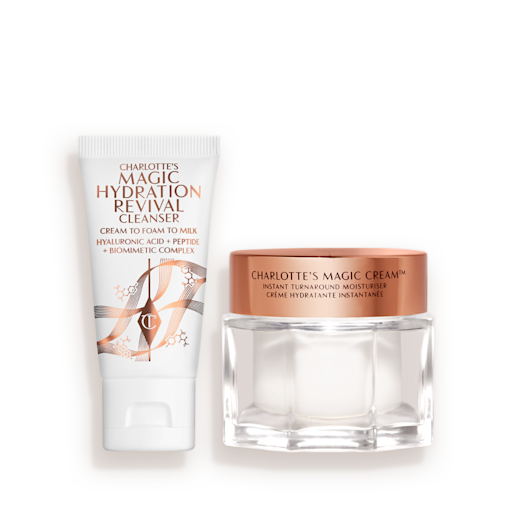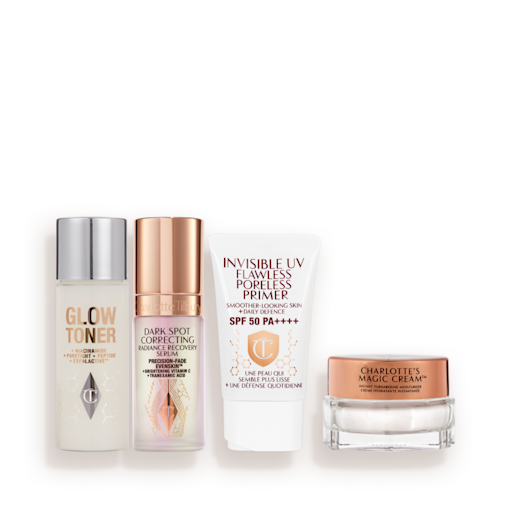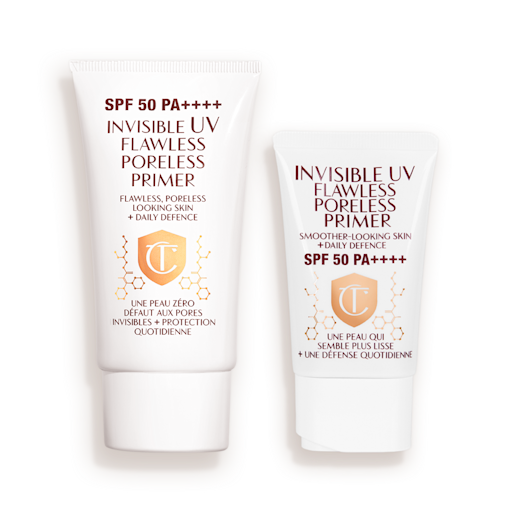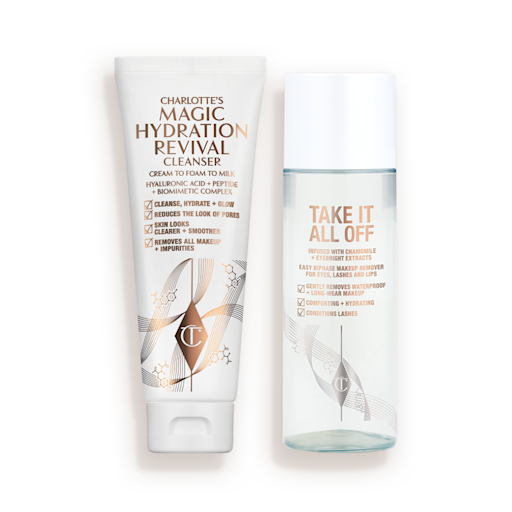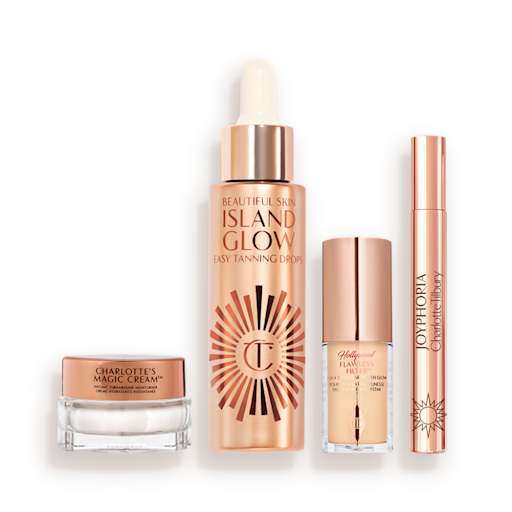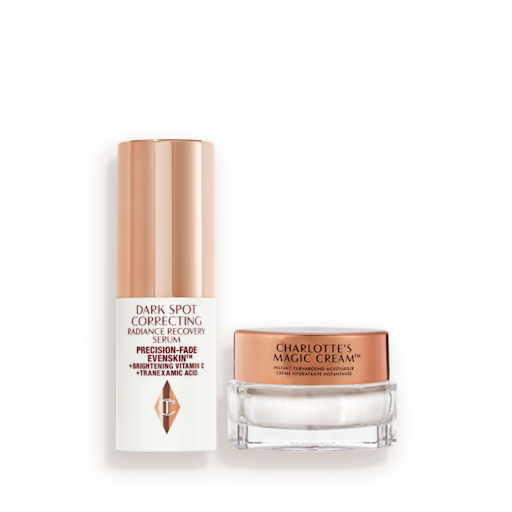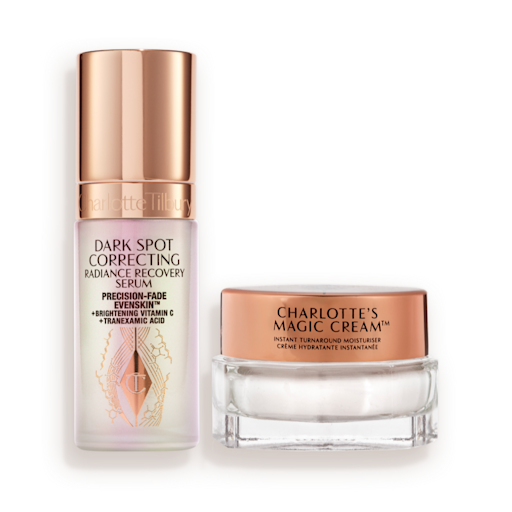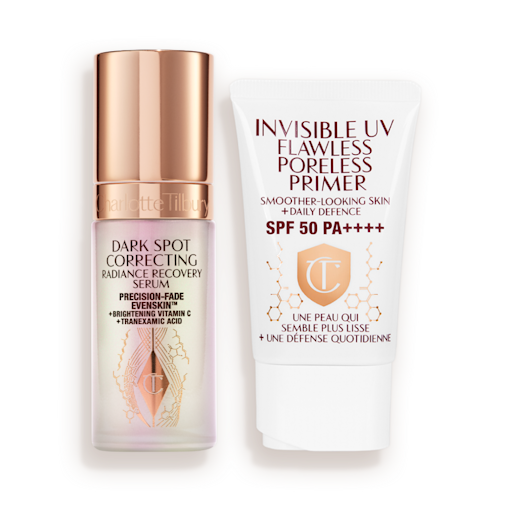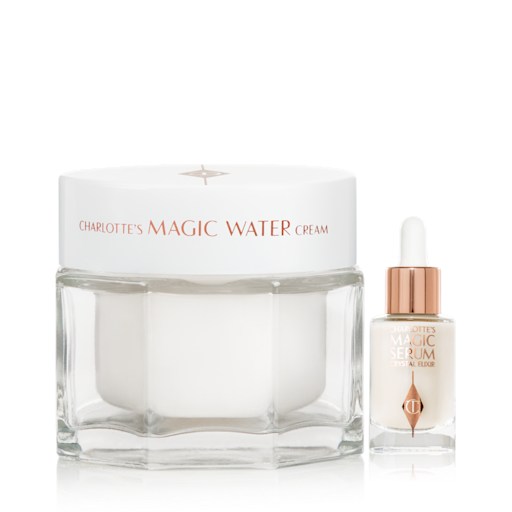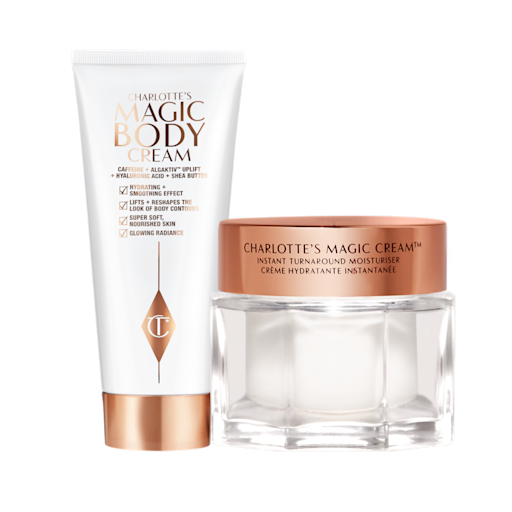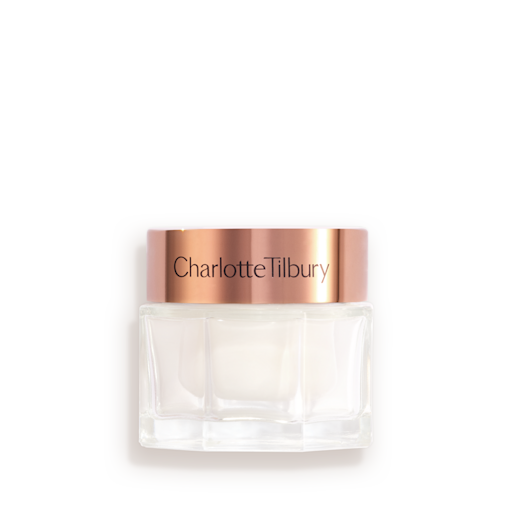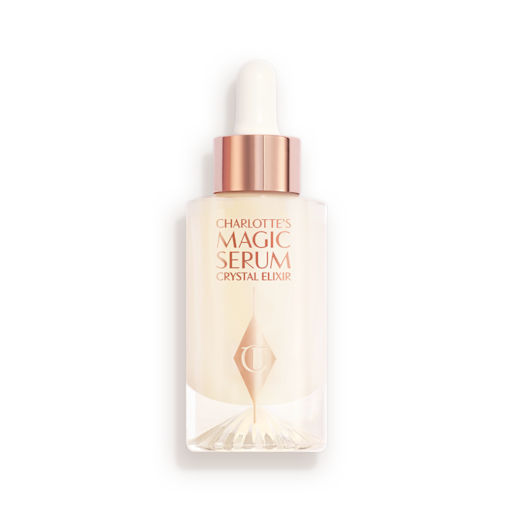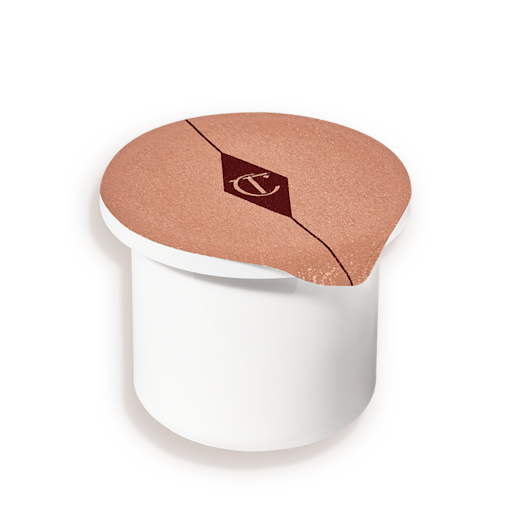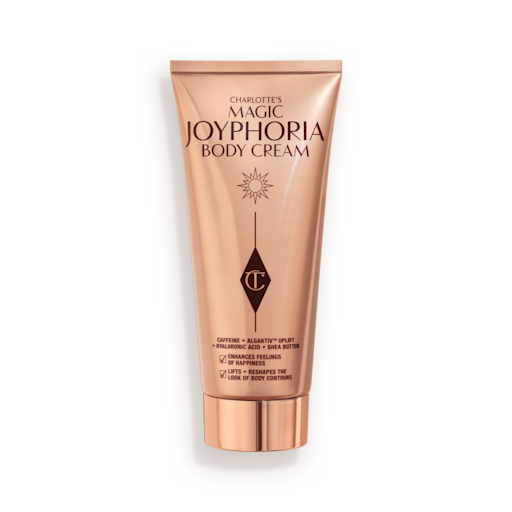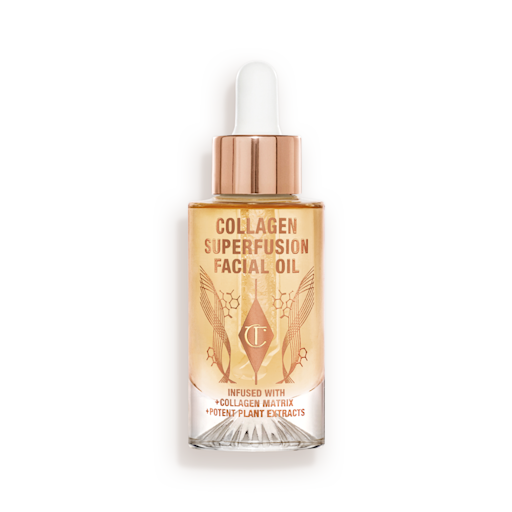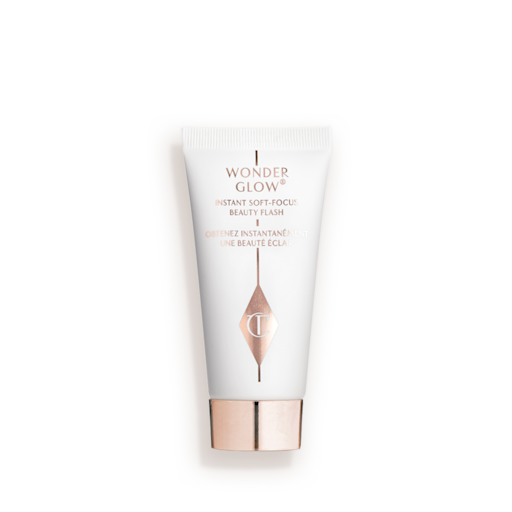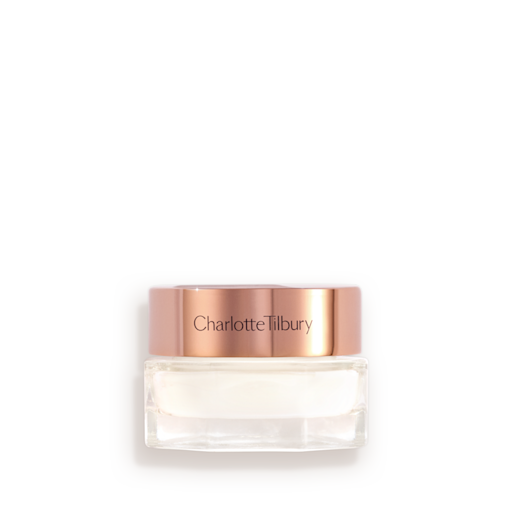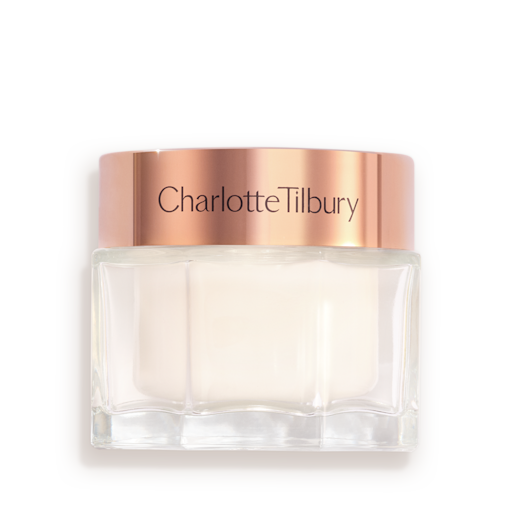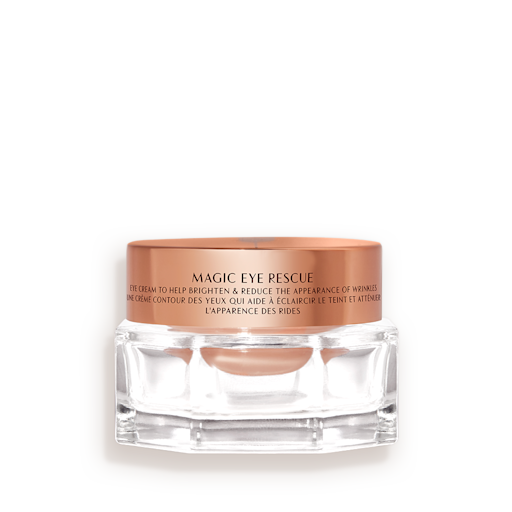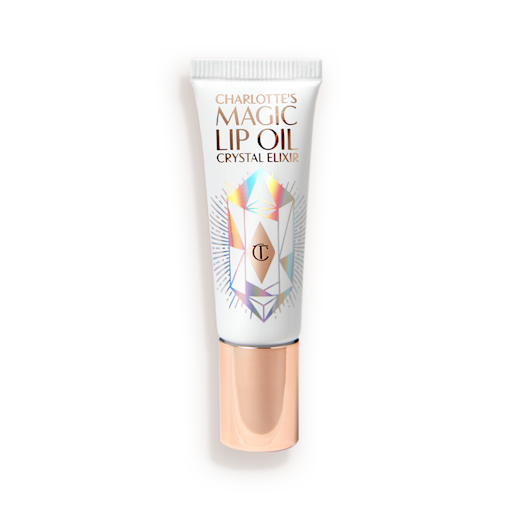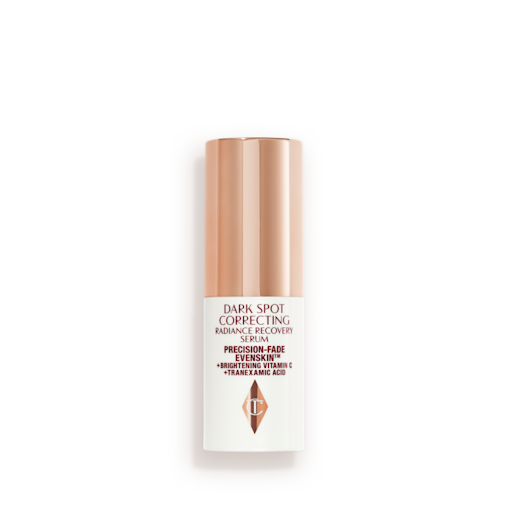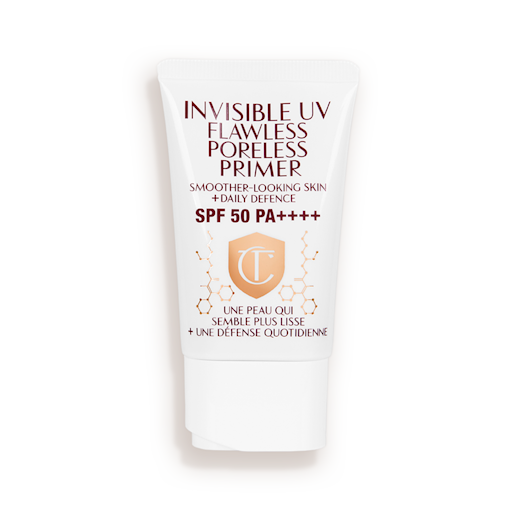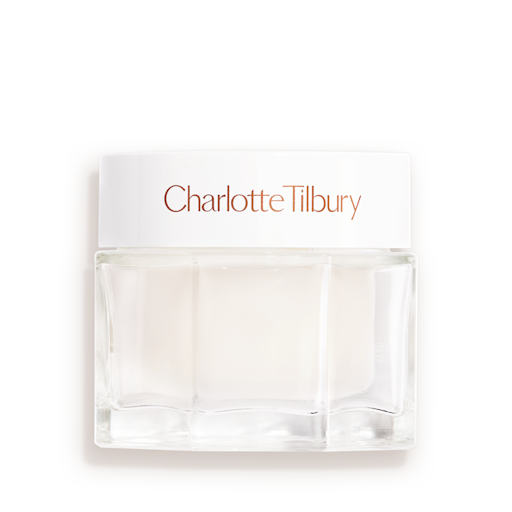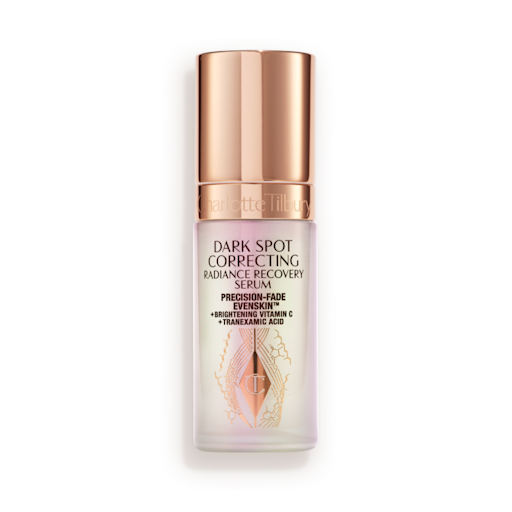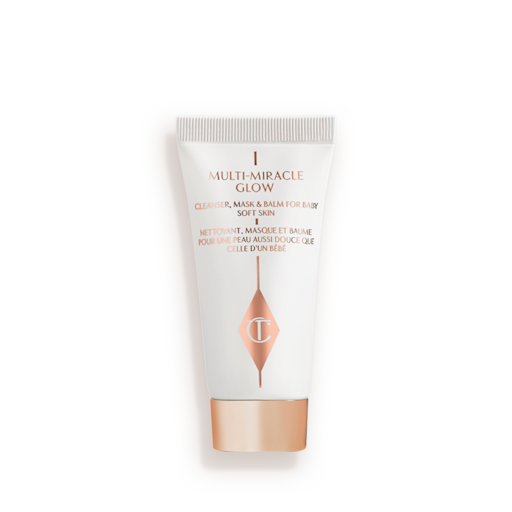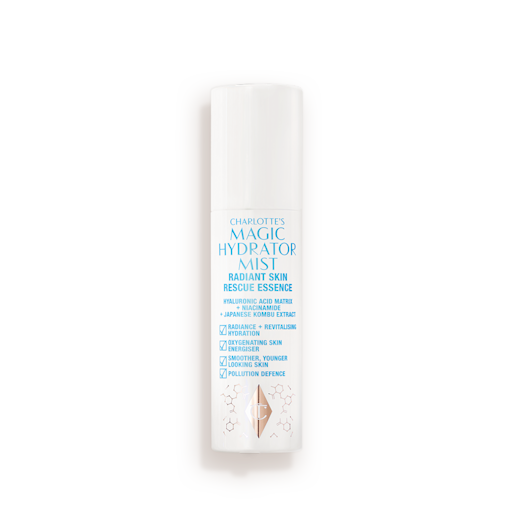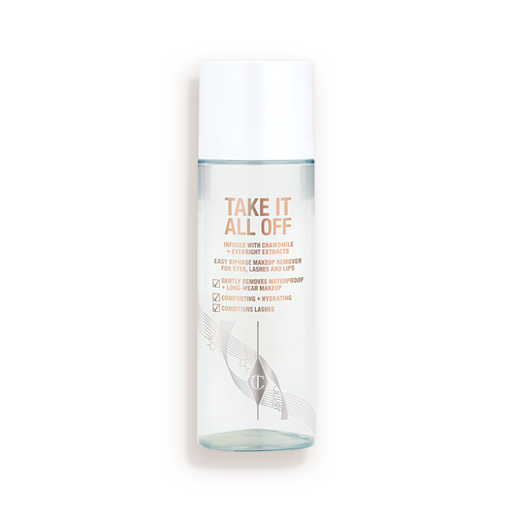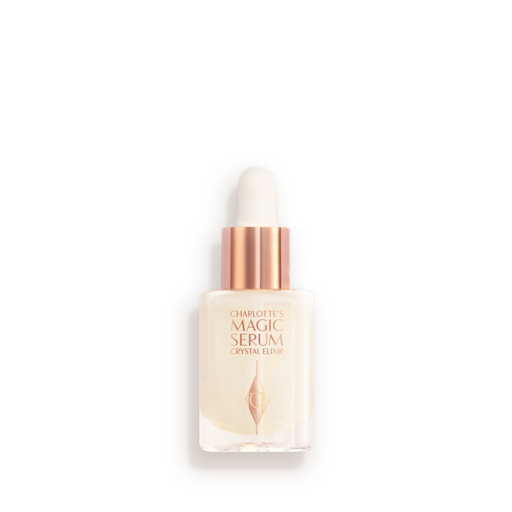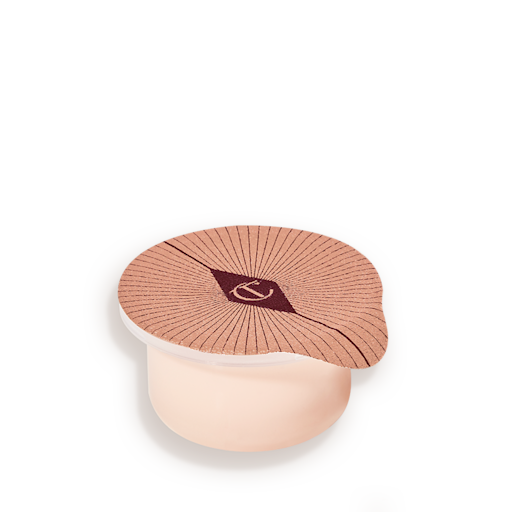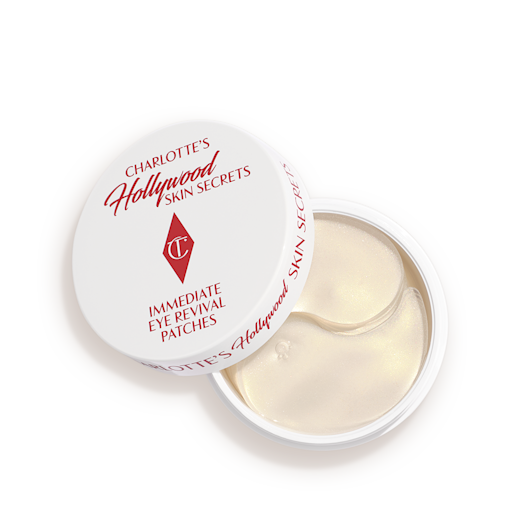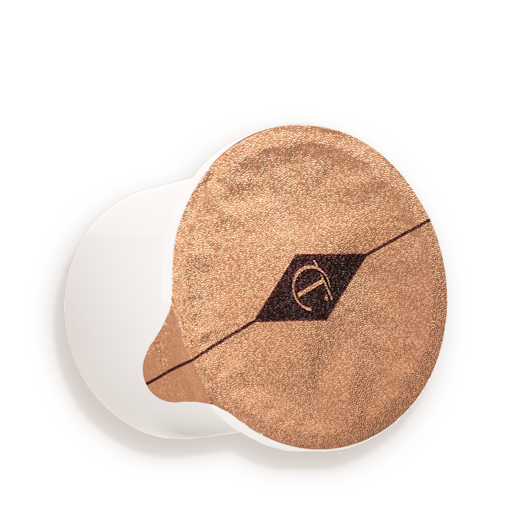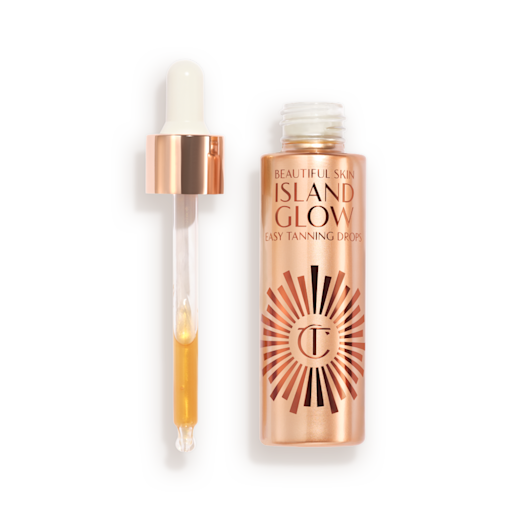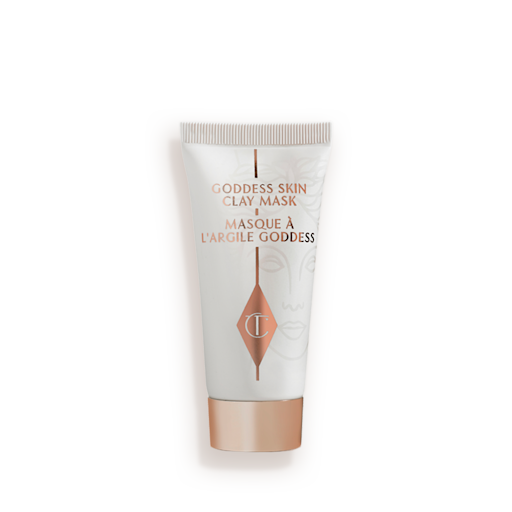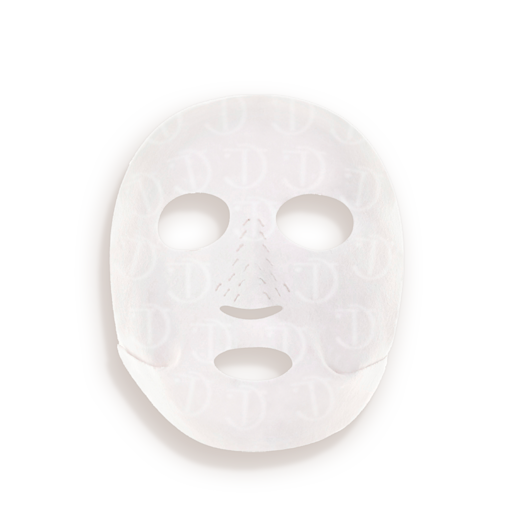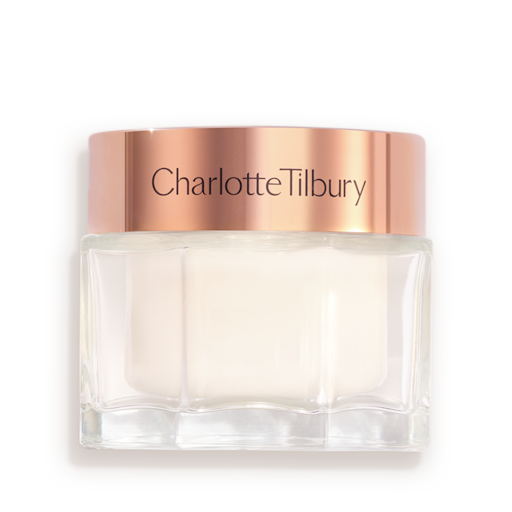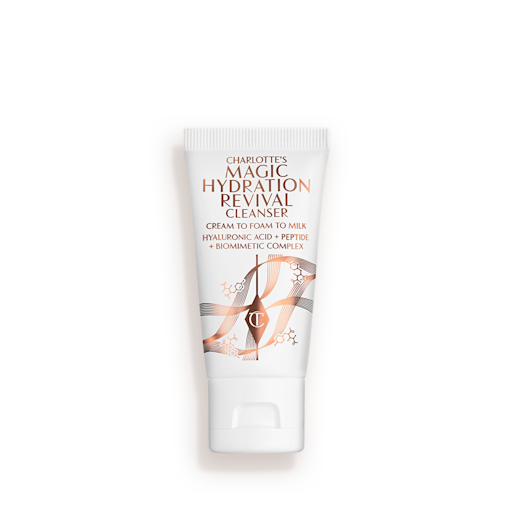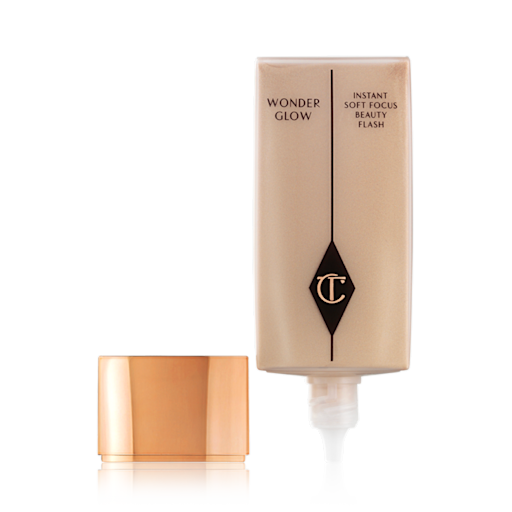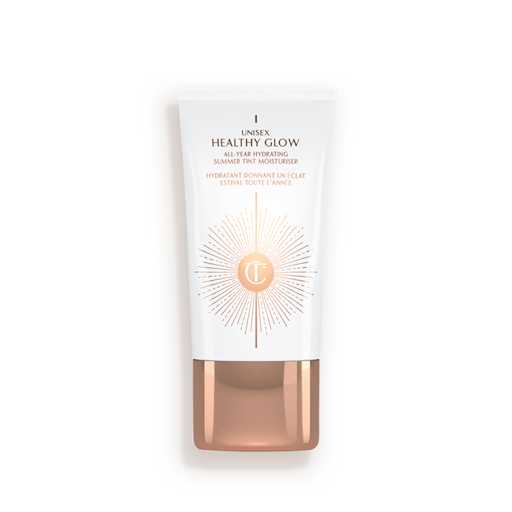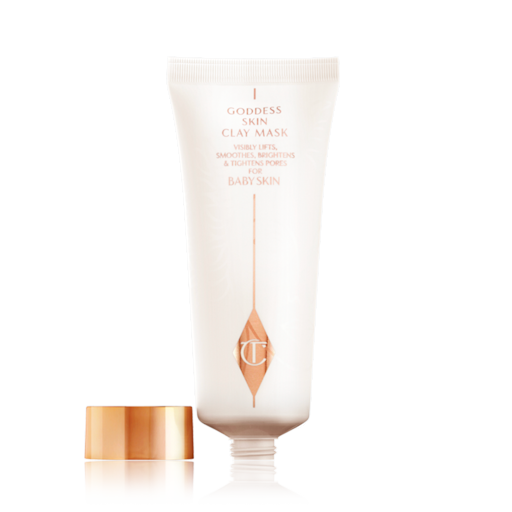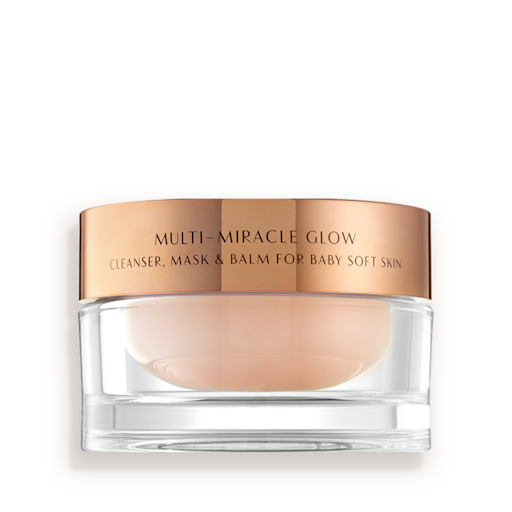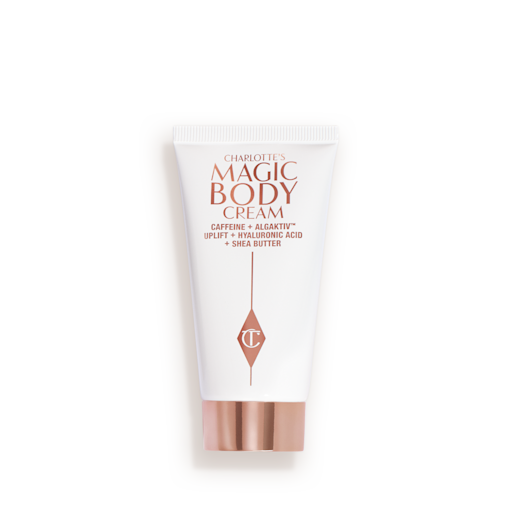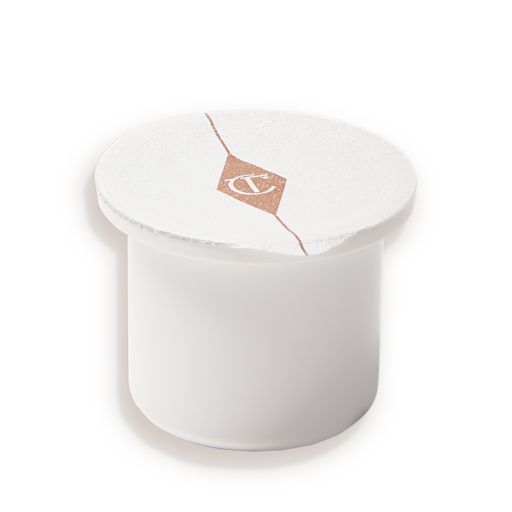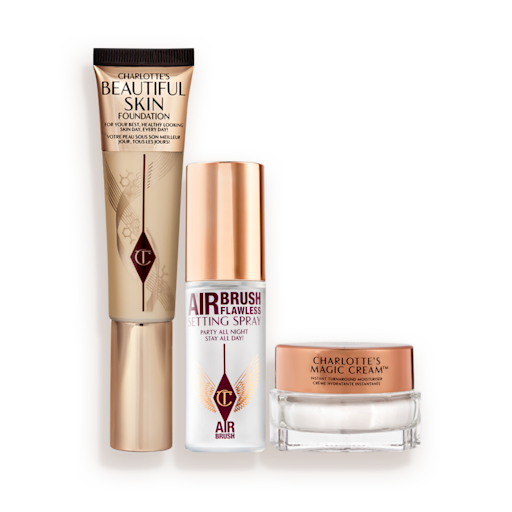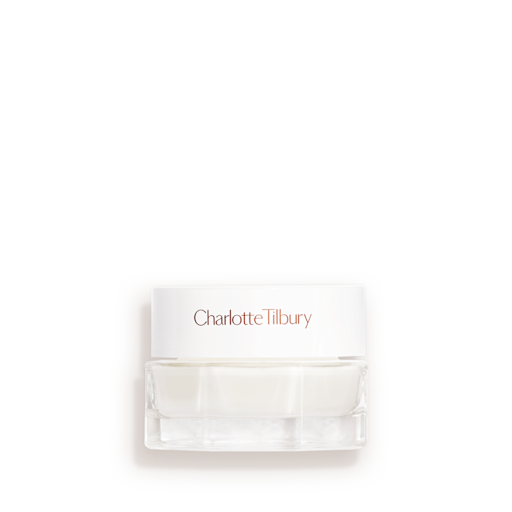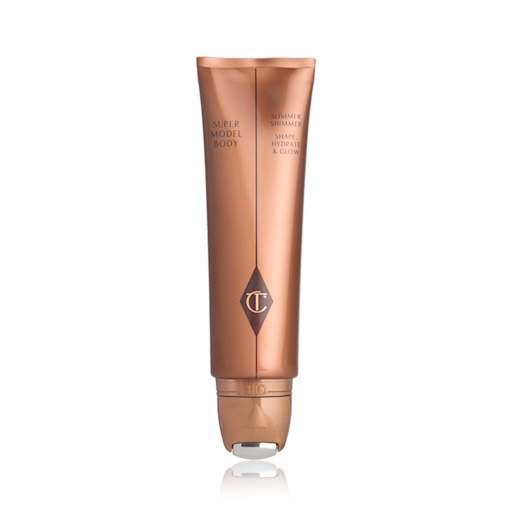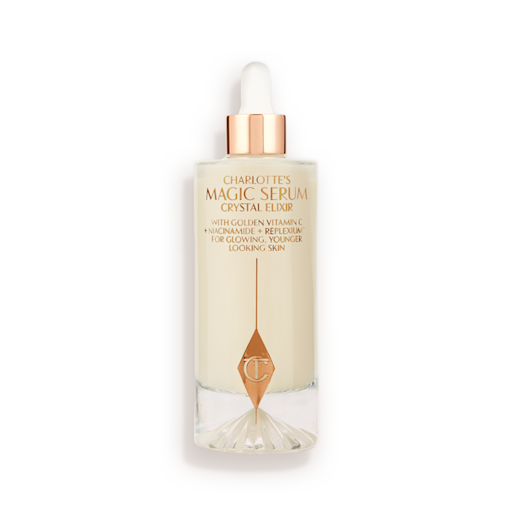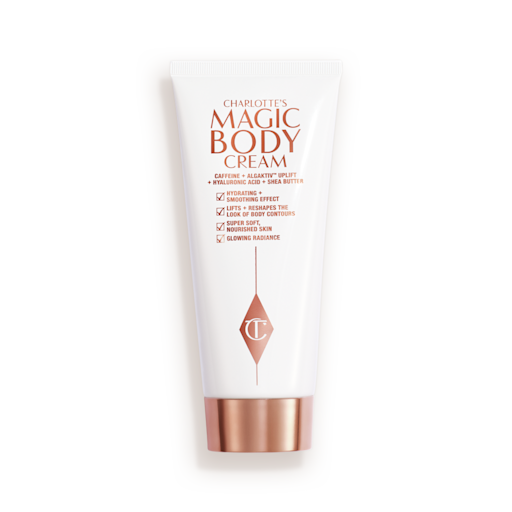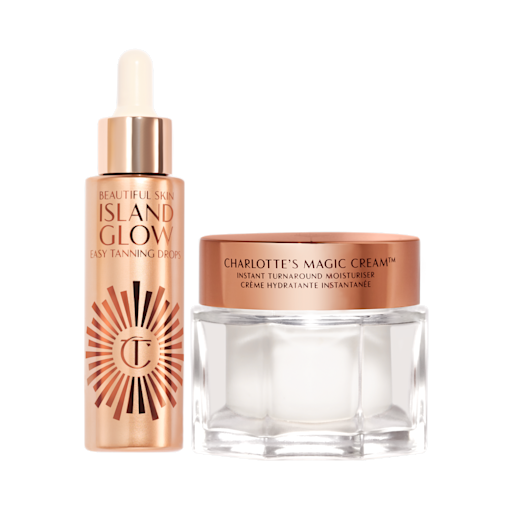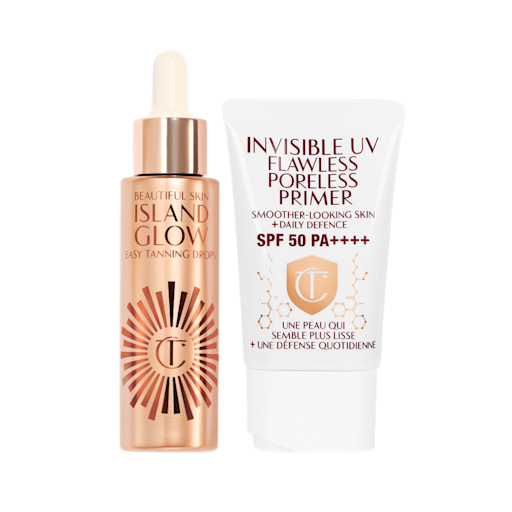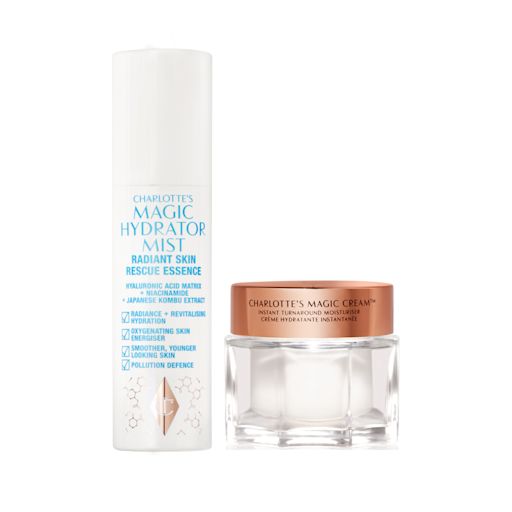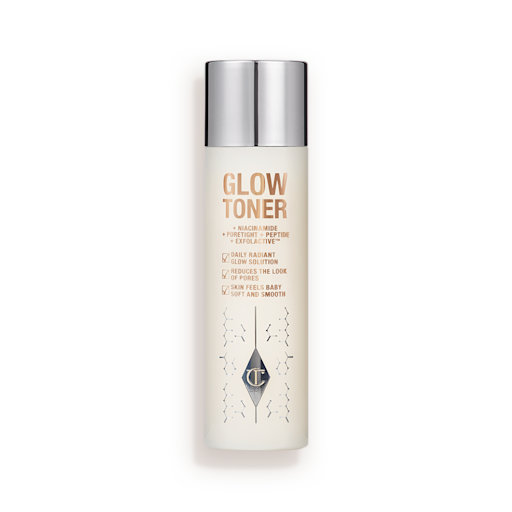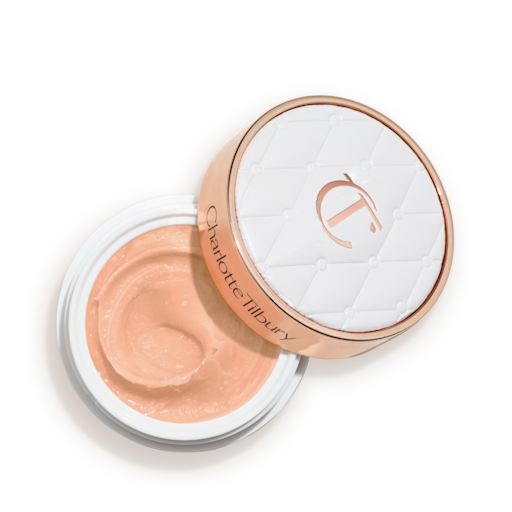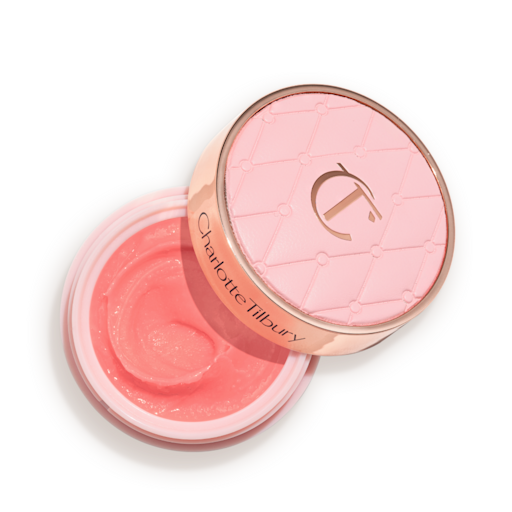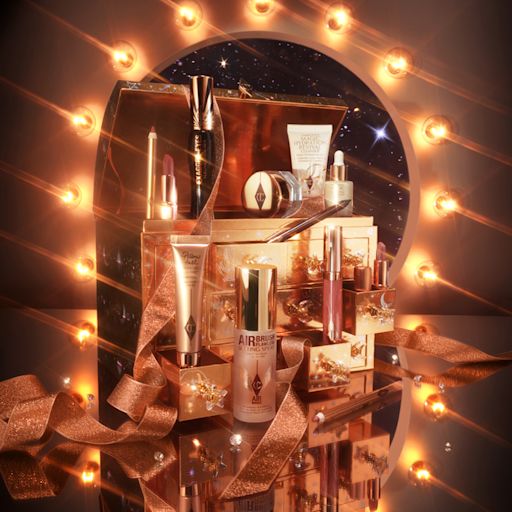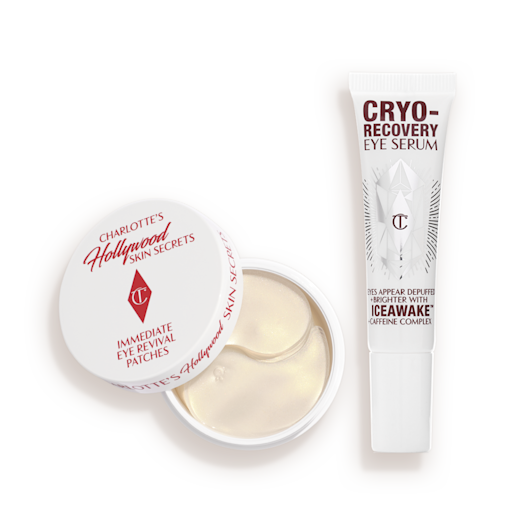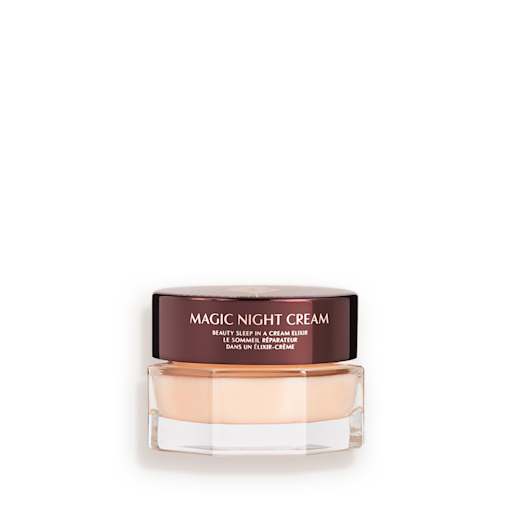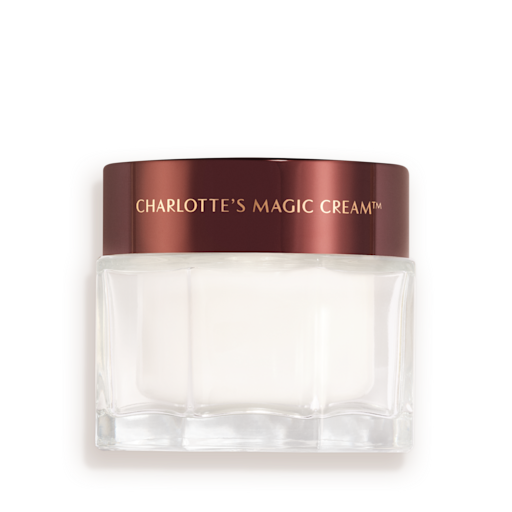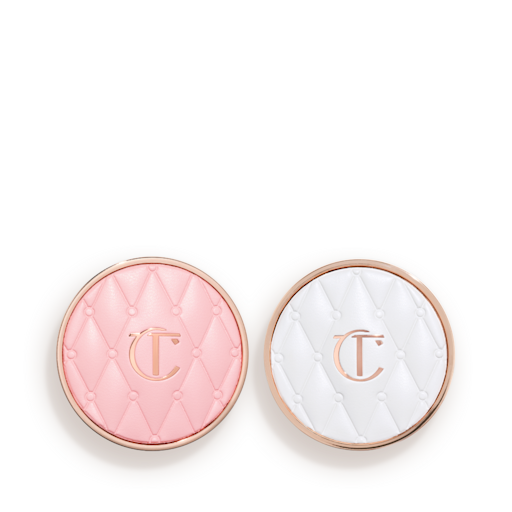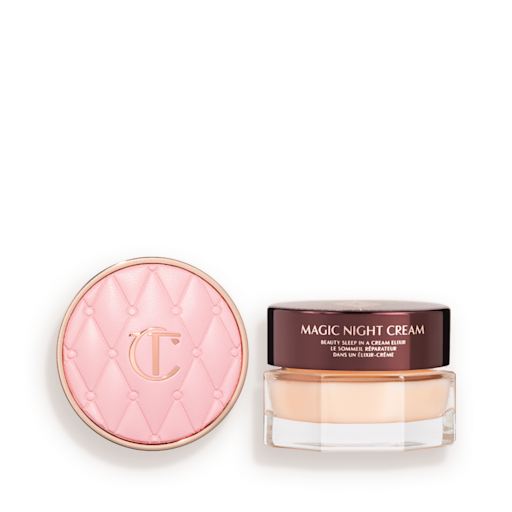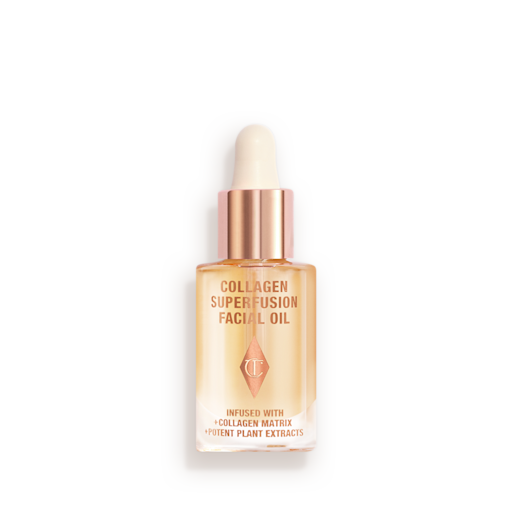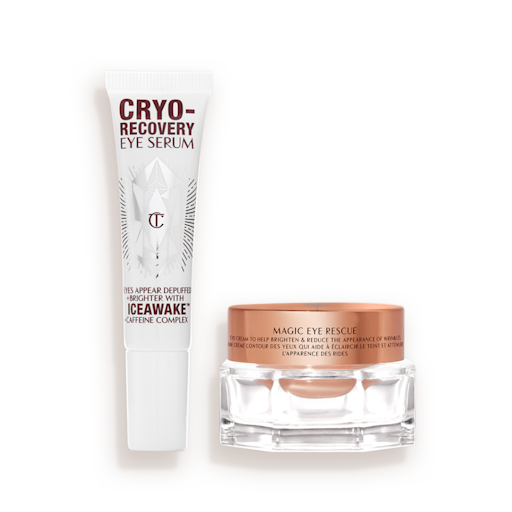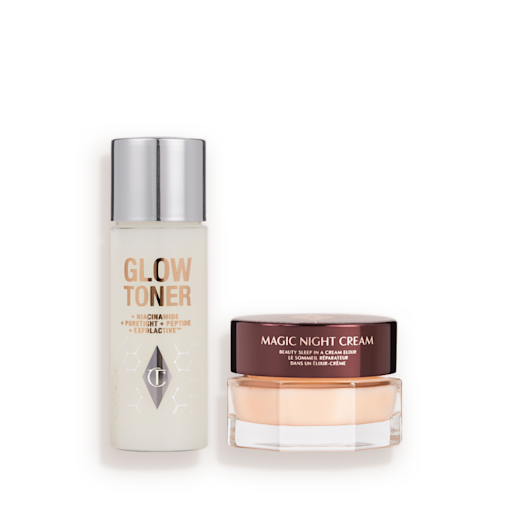What is Exfoliating? More FAQs
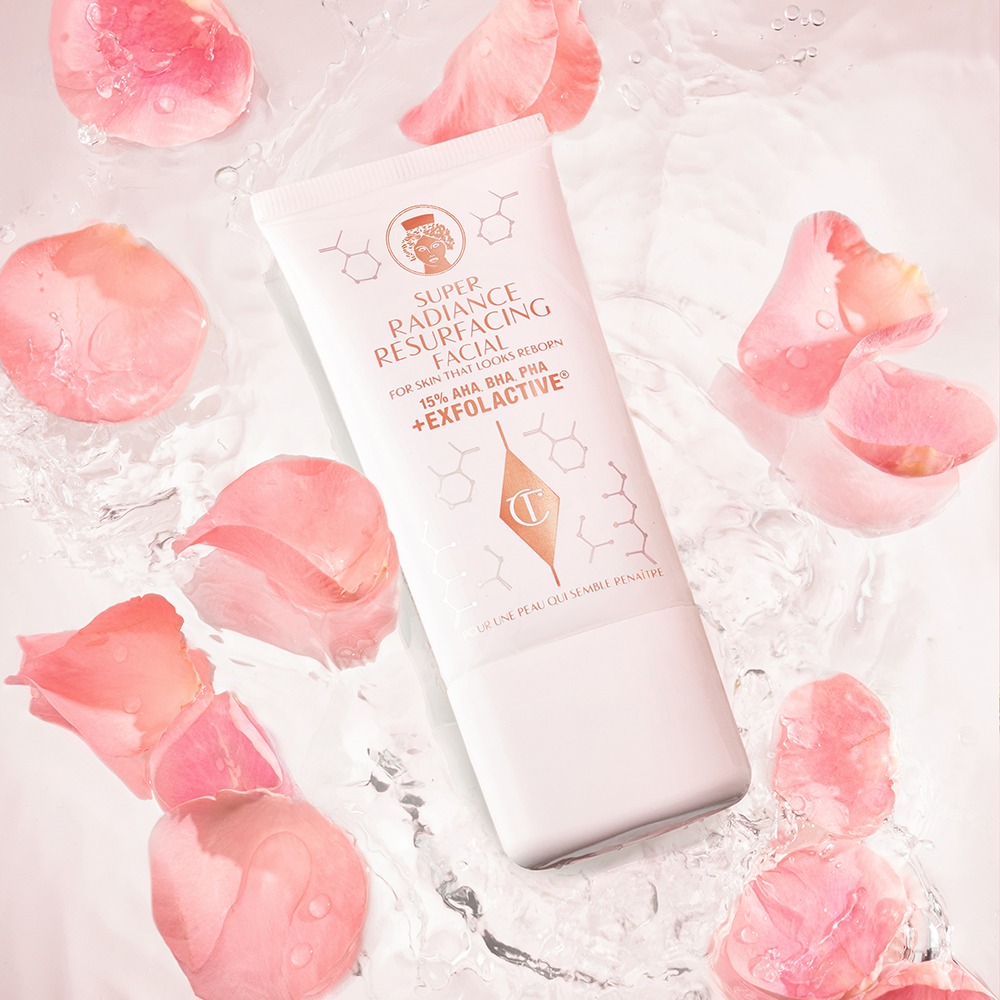
Who Needs an Exfoliator?
The short answer is everyone needs an exfoliator in their skincare routine! Our skin cells have a natural turnover and dead skin cells are left on the surface of the face, so it’s important to remove them with a gentle exfoliator so that skin can look fresh. As we age, our cell turnover gradually slows down, so it’s especially important to exfoliate mature skin to help aid the turnover process and reveal smoother, more youthful-looking skin.
Tilbury Tip: Exfoliators can be used for prevention and correction, darlings. Whether you’re exfoliating to prevent skin from becoming dry and textured, or you’re exfoliating to help resurface textured skin, exfoliating is a skincare step that can benefit every skin tone, type, and texture.
Shop Super Radiance Resurfacing Facial
How Do You Exfoliate Without Using A Scrub?
Exfoliating scrubs can be abrasive on skin; if you want to exfoliate without using a scrub, reach for an acid exfoliator to resurface the look of skin without the use of bead exfoliants. Acid-powered exfoliators deliver AHAs, BHAs, and/or PHAs to exfoliate dead skin cells without scratching, scrubbing, or rubbing at skin which can cause irritation.
What are AHAs, BHAs, and PHAs?
AHAs, BHAs, and PHAs are types of hydroxy acids and their main purpose in skincare is to exfoliate skin.
What are AHAs?
Alpha hydroxy acids (AHAs) are water-soluble acids made from sugary fruits. Popular AHAs in skincare include glycolic acid, lactic acid, and citric acid.
What do AHAs do in skincare?
AHAs help to exfoliate dead skin cells and to reveal new cells underneath which can help to even the appearance of pigmentation and skin tone.
Learn more about glycolic acid
What are BHAs?
Beta hydroxy acids (BHAs) are oil-soluble acids that can penetrate more deeply into pores. Popular BHAs in skincare include salicylic acid and certain citric acids.
What do BHAs do in skincare?
BHAs can penetrate deeper layers of the skin thanks to their smaller molecular structure. They can help to unclog pores which is particularly beneficial for oily skin types.
What are PHAs?
Poly hydroxy acids (PHAs) are chemical exfoliants with larger molecular structures than AHAs and BHAs. Some popular PHAs in skincare include lactobionic acid and gluconolactone.
What do PHAs do in skincare?
PHAs are best used for surface-level exfoliation as their larger molecules don’t penetrate as deeply into the skin. This can result in more gentle exfoliation which is easier for the skin to withstand.
Learn more about acids in skincare
Why Is Exfoliator Necessary for Skin Prep?
Exfoliators belong backstage at every red carpet, darlings! Using an exfoliator like Super Radiance Resurfacing Facial is the secret to skin that looks instantly rejuvenated. I advise my celebrity clients to start using exfoliator about a week before I’m doing their makeup to help train their skin, then I apply it backstage as a radiance-boosting, resurfacing, red-carpet facial to make skin glow before the show!
I always pair my smoothing-effect exfoliator with my magic icons like Charlotte’s Magic Cream! When skin is newly exfoliated, my hydrating mists, serums and moisturisers can work even more effectively to give your skin the best glow of your life!
By pairing Super Radiance Resurfacing Facial and Charlotte’s Magic Cream, you can unlock a red-carpet glow every day of the week!
Discover my pre-party skin prep guide

